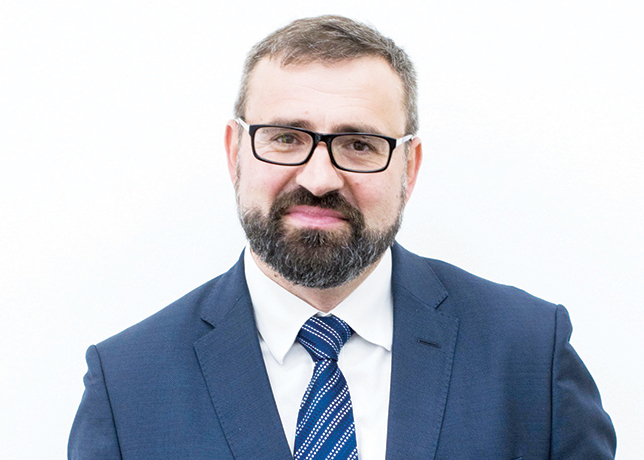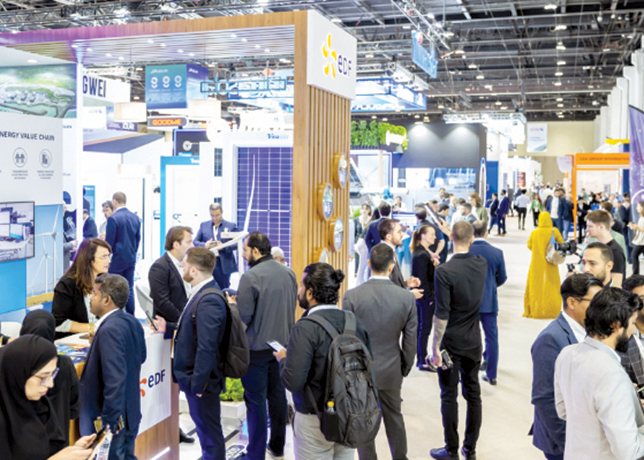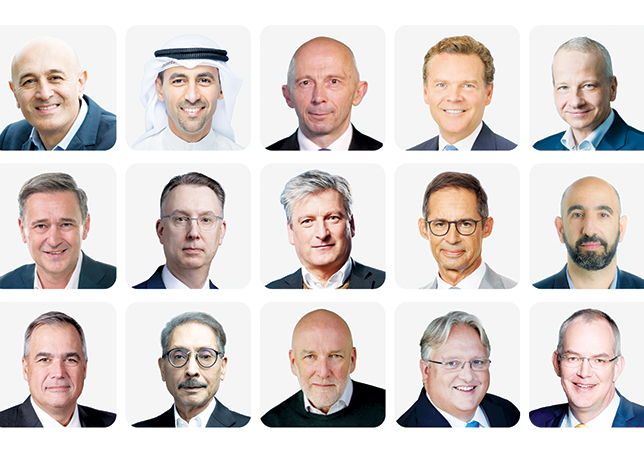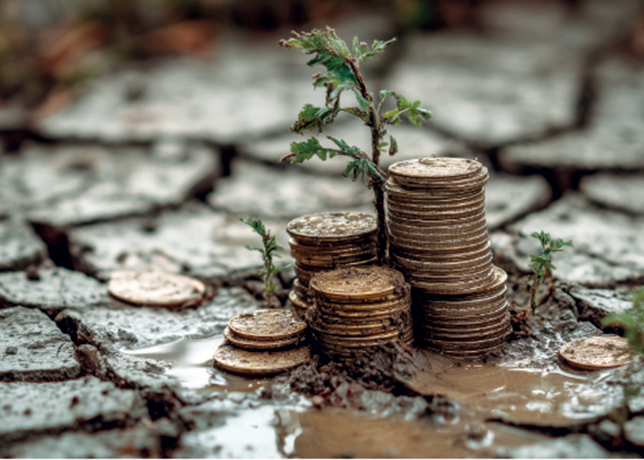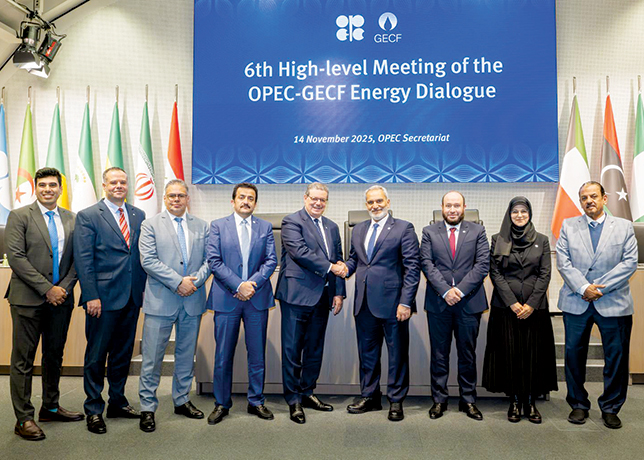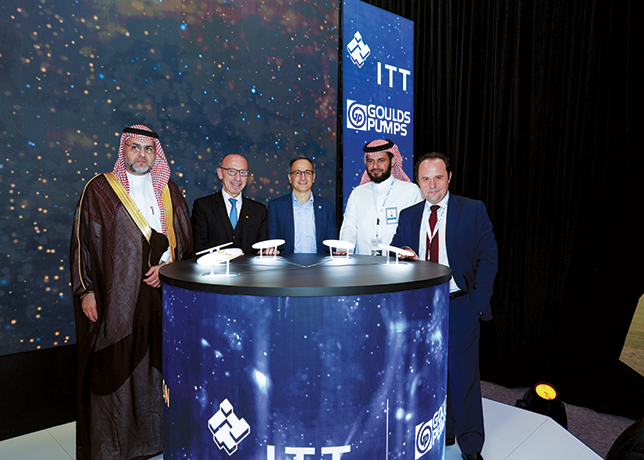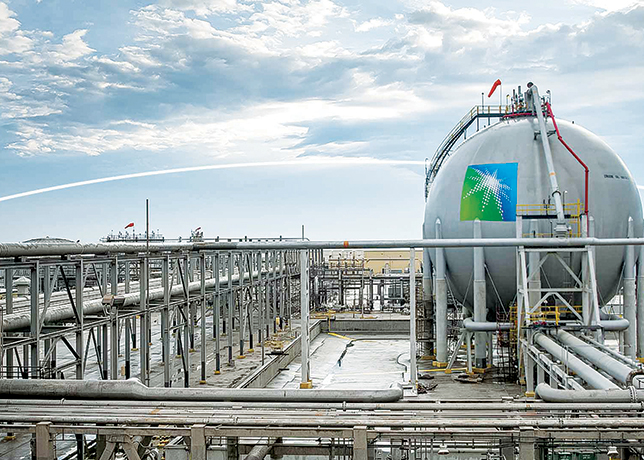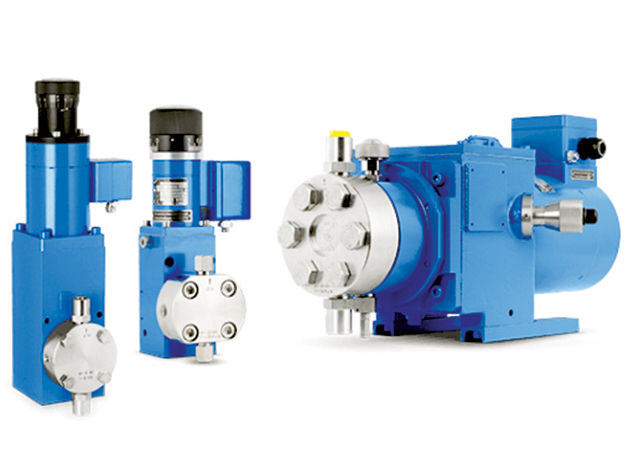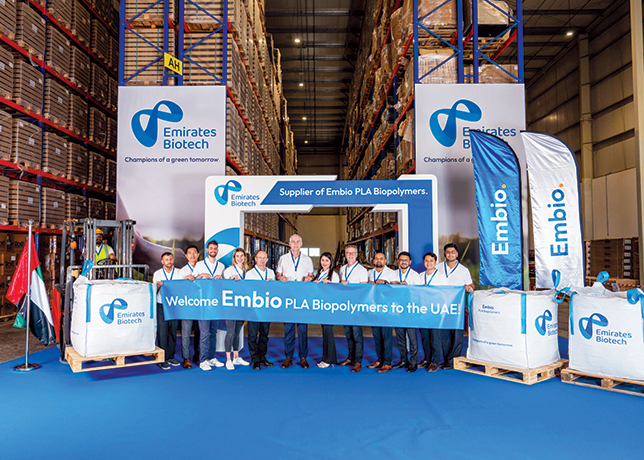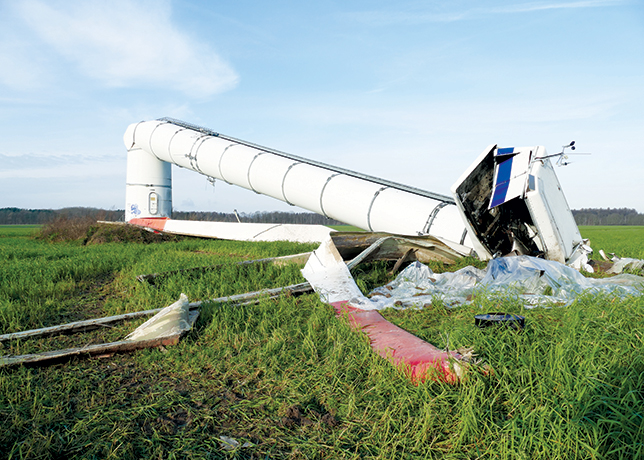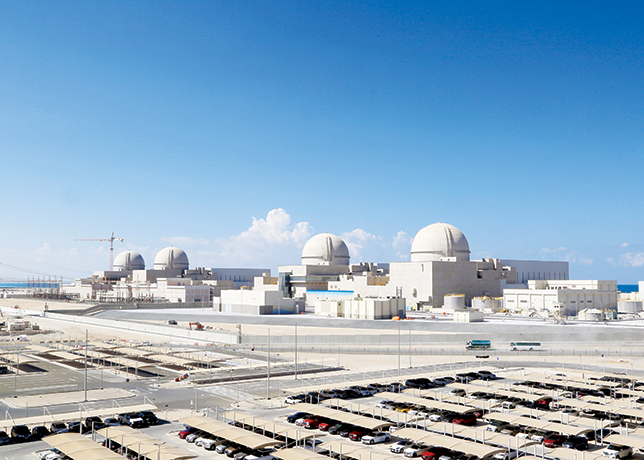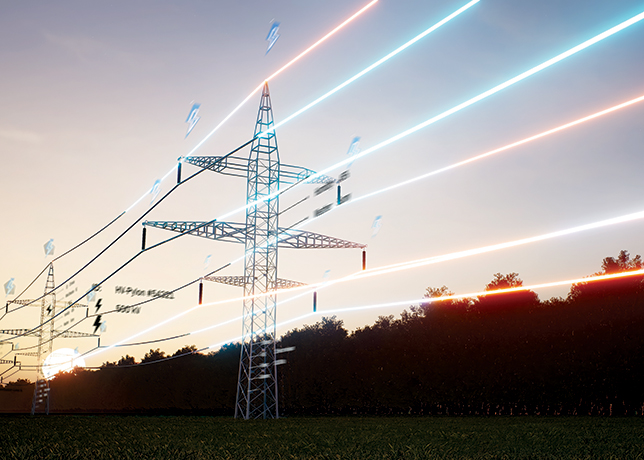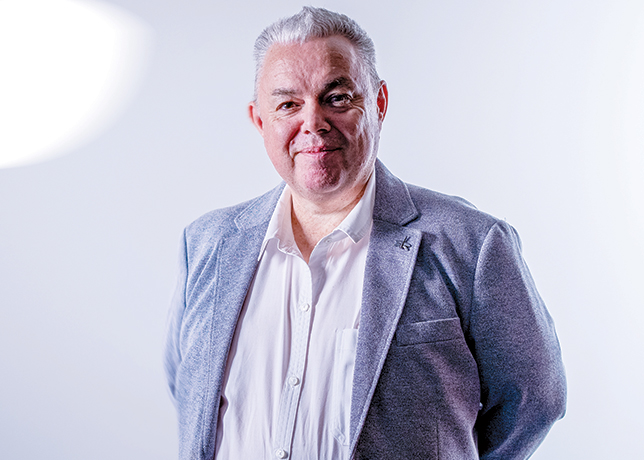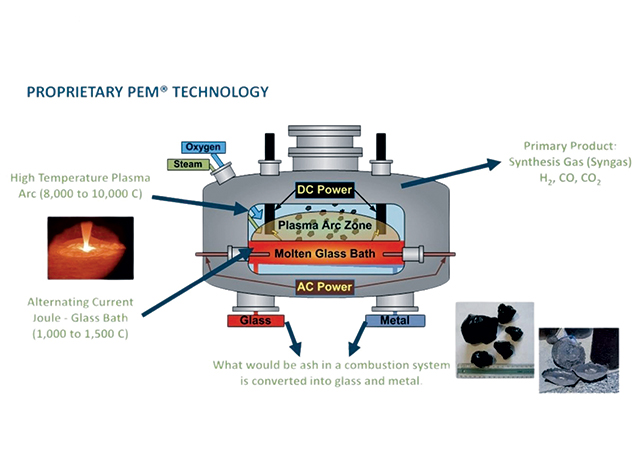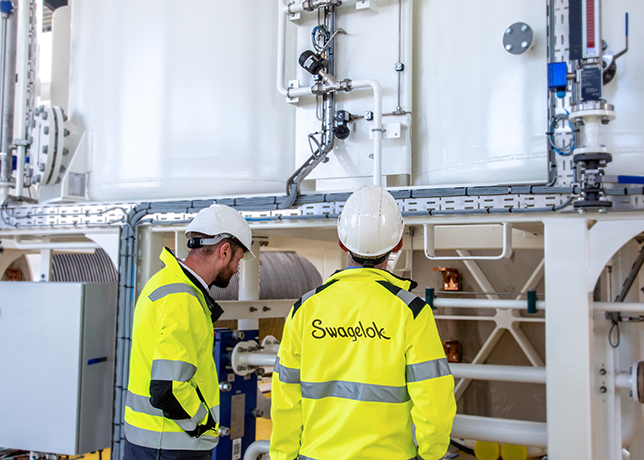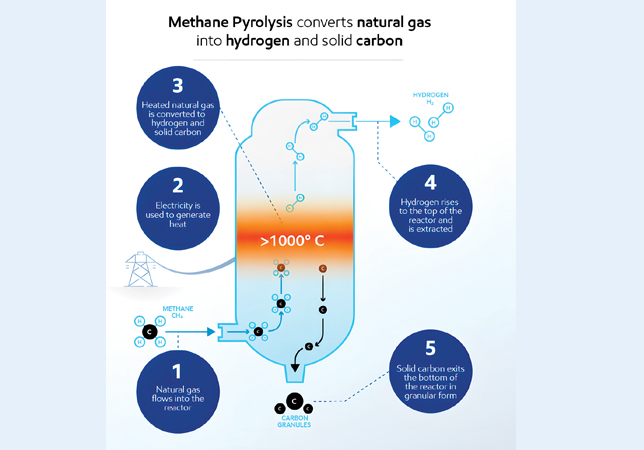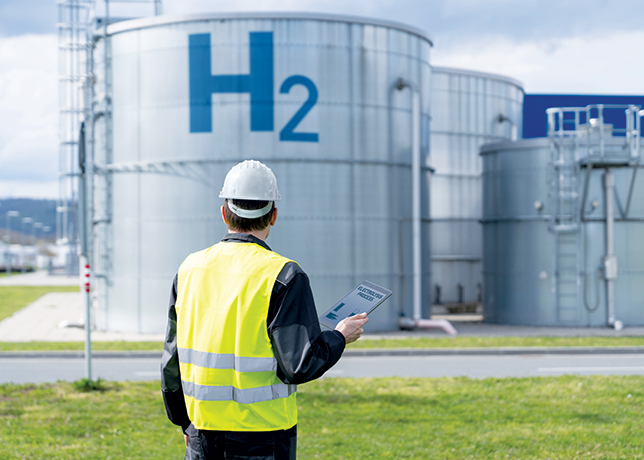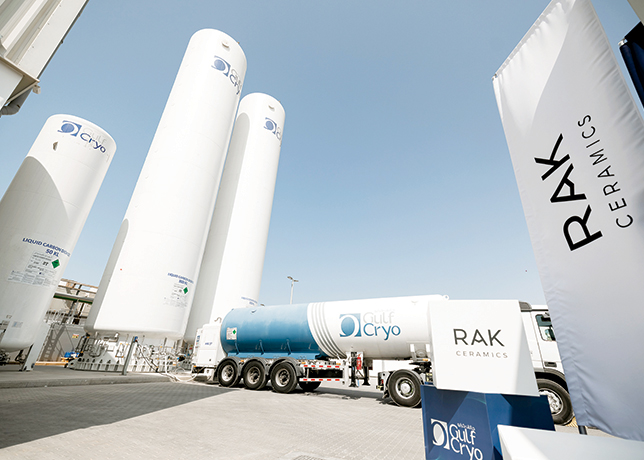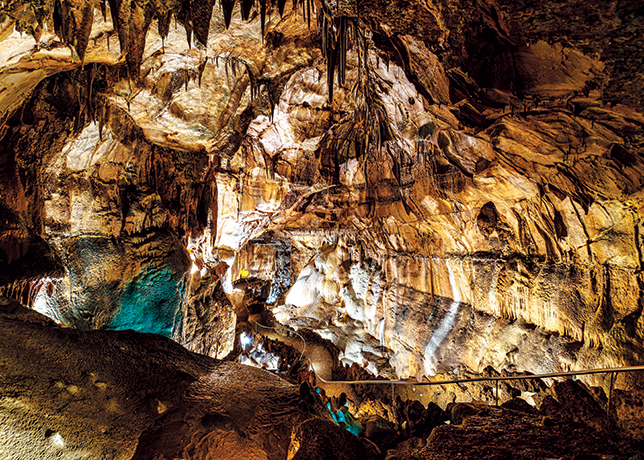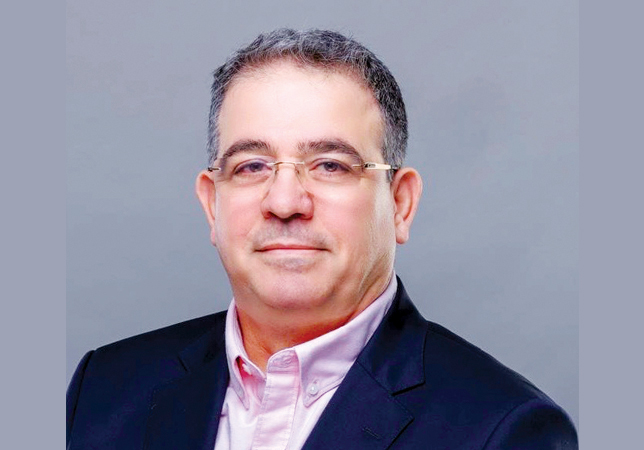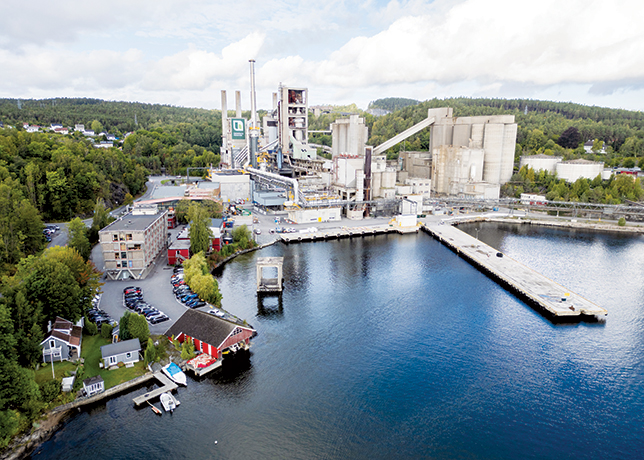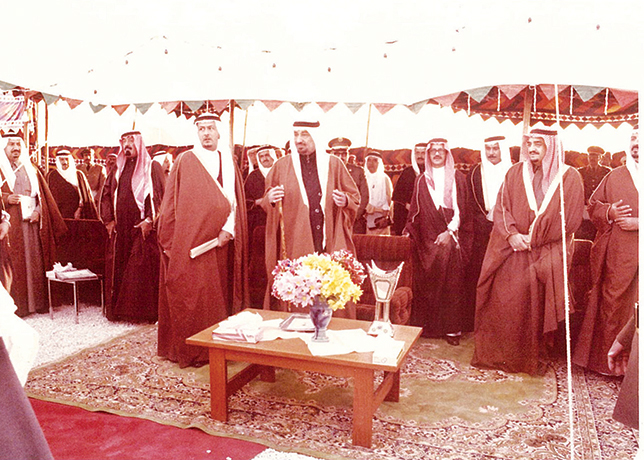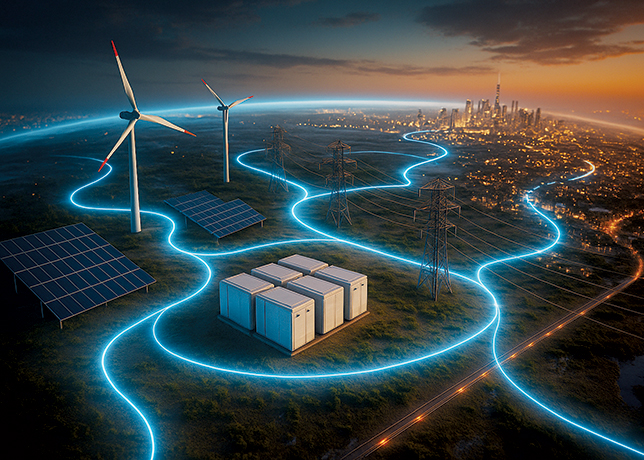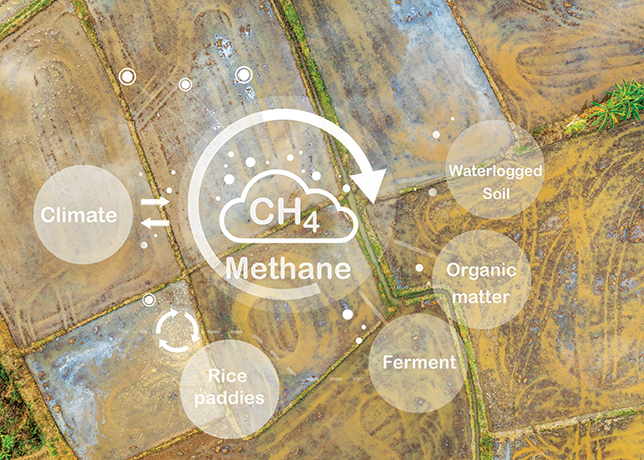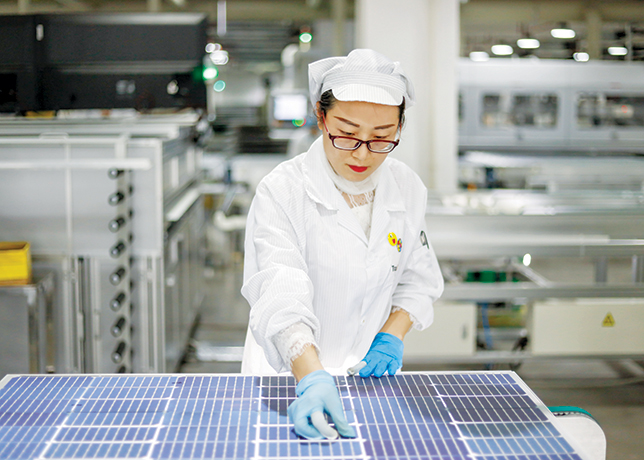

OGN: Great changes are taking place in the development of Bahrain's oil, gas and petrochemical sectors with significant initiatives gathering pace both upstream and downstream. Can you provide an overview of the global context?
Momentous changes have taken place in the international oil market and global oil prices have made a record increase unprecedented since the first Gulf crisis in 1995.
This sharp rise in the prices of all low-sulphur light oils, such as the Western Texas and Arab light crude, as well as the medium crude such as the Arab medium oil, reflects favourably on the petroleum revenues of all the Gulf Co-operation Council (GCC) countries and on their public budgets. This budgetary surplus, variable according to the production and export capacities of the various GCC members, will necessarily be translated into expansions in infrastructural projects and in social development plans that aim at enhancing the overall economic performance indicators and at raising the standard of living of the GCC citizens, including, of course, the people of Bahrain.
OGN: Can you highlight the Ministry of Oil's plans and objectives including the announcement of the one billion dollar financial package for Bapco's strategic investment programme (SIP)?
Last year, one of the most major achievements in our oil industry was the signing early 2004 of a contract for the Low Sulphur Diesel Production Project (LSDP) with JGC Corporation of Japan at a cost of $431.6 million, out of a total implementation cost of $685 million. Completion of the project is scheduled for the first quarter of 2007 with its contribution to Bahrain's revenue by $200 million annually, at an investment return of 22 per cent.
A project to increase the production of the Khuff natural gas has already commenced to meet the increasing demand on this gas specifically Alba's Line 5 Project. In 2004, an agreement was signed to supply natural gas to Al-Izel power station, the first private sector power station to be constructed by GIC/TRACTABEL.
OGN: Can you provide an insight into upstream development in terms of exploration and gas development?
As part of Bapco's procedures to maintain production levels of oil and gas at Bahrain Field in 2004 and 2005, it was decided to drill 41 wells, 13 in 2004 and 28 in 2005 at a cost of approximately $22.6 million. It was also decided to work over 200 oil wells, of which 80 during 2004 and 120 in 2005 at a cost of approximately $14.7 million.
Additionally, the reservoirs of 155 wells were stimulated with acid in 2004 and 170 wells will be stimulated during 2005, making a total of 325 oil wells, at a cost of nearly $2.4 million and drilling of four gas wells at a cost of $51.1 million.
The total estimated costs of the procedures by Bapco for maintaining the production level of oil and gas for 2004 and 2005 will be $ 91.2 million.
OGN: What are the exploration programmes for the coming years and will the partnership agreements continue with Chevron and Petronas and will other international companies assist in these exploration objectives?
In 2003, Chevron Texaco drilled the first exploratory well and, during the period December 2003 through January 2004, the company carried out a 3-dimensional survey to pinpoint an ideal location for a second exploratory well, which was drilled during April 2004 to the depth of the Arab Zone.
As part of the Kingdom's policy to explore new oil and gas sources, the Ministry of Oil invited 22 international petroleum companies over a full year to visit the Information Room of the north and western Blocks 1, 2 and 3.
Fifteen international companies favourably responded with meetings held with senior officials of the Ministry of Oil prior to submitting their proposals. The Supreme Oil Council is actively analyzing this matter as a preliminary step for possible conclusion of exploratory agreements on such blocks later this year.
OGN: The Bapco refinery modernisation programme is continuing and the recent financial package is of great importance to Bahrain and the region. Can you assess the importance of the modernisation and the low suphur diesel production element for the profitability of the refinery?
It is the Government of Bahrain's ongoing policy to consistently upgrade the Bapco Refinery - the first of its kind in the GCC - to enhance the refinery's competitive capabilities and of meeting the international legislations of environmental maintenance and protection. The Supreme Oil Council, under the chairmanship of HH the Prime Minister, Sheikh Khalifa bin Salman Al Khalifa, ratified in 1989 a Refinery Modernization Programme. Since then, a number of major projects have been completed while others are still under construction including the equipment and instrument modernisation and refinery gas desulphurisation projects.
The investment cost of this project is $59 million with work on the project starting 2000 and completion scheduled later this year. By mid 2004, a total of 85 per cent of the cost had already been expended. The project is intended to upgrade the functions of the Fluid Catalytic Cracking Unit (FCCU) and of the Low Sulphur Fuel Oil (LSFO) complex.
Work on this project started in October 2003 and is scheduled for completion by 2007 with the purpose of eliminating sulphuric substances from the refinery gases to ensure compliance with new environmental legislations. The cost of this project is nearly $120 million. Early 2004 the contract for the Low Sulphur Diesel Production project was signed between Bapco and JGC Corporation of Japan.
OGN: New job opportunities are being created by the upstream and downstream investments. How do you see these initiatives translating into job opportunities for Bahrainis and international investors wishing to establish offices here?
Opportunities are arising in the environmental and engineering upgrades taking place. Last August a new $120 million environmental project was signed off to eliminate sulphur compounds from fuel gas, in compliance with the new local environmental standards based on rigorous international standards. The project will be completed within approximately 30 months.
This project is one of a series of environmental projects aimed at improving the quality of air and water in the refinery by reducing gas emissions and by treating the effluent water for future reuse, and at reducing effluent water from plant operations.
Under Bahrain's environmental regulations, the fuel gas should be properly treated of any impurities. In 2000, Bapco agreed with the Directorate of Environmental Affairs and with the Ministry of Oil to go ahead with investments to ensure compliance with such regulations.
OGN: Can you provide an insight into other strategic investments in oil, gas and petrochemical projects particularly environmental controls?
A Memorandum of Understanding (MOU) was signed in September 2004 for the construction of a lube oil manufacturing plant project.
This MOU provides for the establishment of a joint venture for the design, finance and construction of a 400,000 annual ton high quality basic lube plant on a BOP basis.
Under the agreement, Bapco will provide the project with inputs, operation, shipping facilities, marine transportation, engineering and technical engineering, maintenance, accounting, administration and other support services. The partner will undertake marketing, distribution and sale services, including other products and technical support services.
The project will provide a new added value for Bapco and thus for the national economy in view of the commercial benefits and high economic returns of more than 20 per cent of the investment capital of nearly $175 million. It was agreed by the two parties to distribute the capital shares on the basis of 60 per cent for Bapco and 40 per cent for the other partner.
The Ministry of Oil together with Bapco are considering two major projects for the construction of a naphtha cracking refinery, both of which are proposed by two European companies with local partners.
The first project proposed is by ABB LUMMUS for a 777,000 tonne per annum plant at a cost of $ 1.4 billion. The project will absorb Bapco's entire naphtha production of some 15 million barrels per year.
A second project is proposed by LINDE of Germany, smaller than the first project and depends on various technologies. The plant will produce three products, with special emphasis on the high-value polypropylene. The project will consume two-thirds of the naphtha produced by Bapco, about 10 million barrels annually. As estimated by the company, the 460,000-tonne per annum plant will cost nearly $1 billion.
Both Bapco and Saudi Aramco are in the process of considering the relocation of the A-B pipeline between Saudi Arabia and Bahrain on the basis of a study proposed by a consultant.
The initial cost of the project is estimated at $76 million, depending on the proposed new route. The work on the project will include a new quality of pipeline material, and rerouting the pipeline as a result of recent urban and constructional developments surrounding the present location.
As per the agreement reached between the Kingdom of Bahrain and the Kingdom of Saudi Arabia on the development of the Abu-Saafa Oil Field with the aim of doubling the production of the field, work commenced on the project at a capital cost of $1.2 billion, which will be equally incurred by both countries. The output of the field has become 300,000 barrels per day from the previous production of 144, 000 barrels per day.
The development has included upgrading the previous 10 offshore platforms, addition of five new platforms, drilling of two new wells and rehabilitation of the existing wells. The development was completed in July 2004.
According to studies submitted by the Kuwait Financing House, this project is for producing ethylene, polyethylene and other petrochemical products. The plant will also produce additional electricity power. The products will be used as feedstock for many industries such as petrochemicals, cables, wires, oils, etc.
As part of future options to further develop the petrochemical industry, the Gulf Petrochemical Industries Company (GPIC) is considering the following projects:
• An ammonia plant at a cost of $300 million
• A urea plant at a cost of $200 million.
• A methanol plant at a cost of $ 260 million
• An ethylene and polyethylene plant at a cost of $2.2 billion.
• Acetic Acid plant at a cost of $360 million.
• Melamine plant at a cost of $90 million.
• Caprolactam plant at a cost of $280 million.










